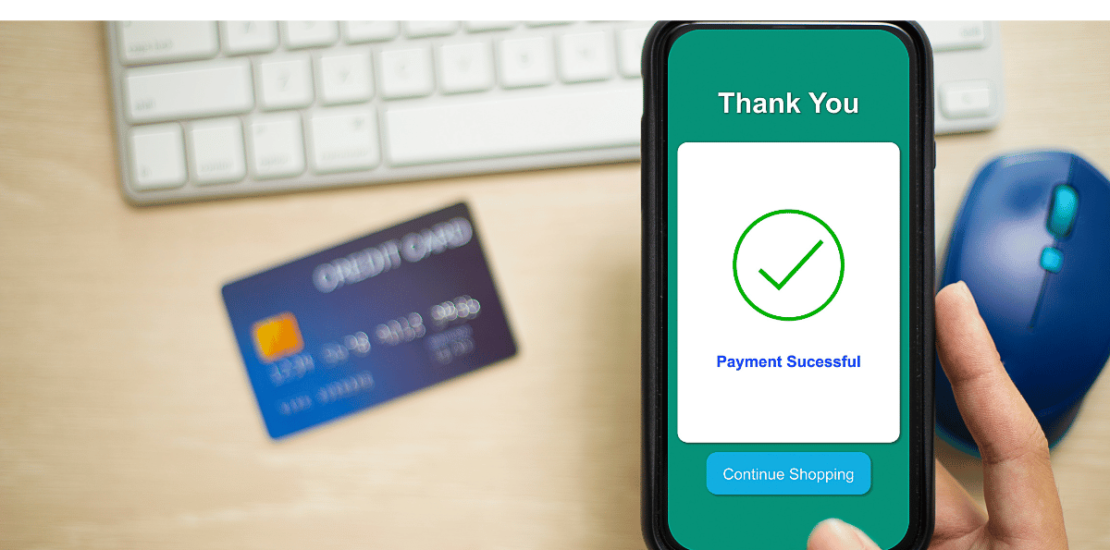- September 1, 2023
- Posted by: Contego Inc.
- Category: Technology

In an era where digital transactions have become an integral part of our daily lives, concerns surrounding data security and privacy have taken center stage. Among the various innovations aimed at fortifying online security, the concept of digital credit card numbers has emerged. These virtual representations of physical credit cards claim to offer an additional layer of protection. However, the burning question remains: How secure are these digital credit card numbers? In this comprehensive exploration, we will delve into the realm of virtual payment solutions, analyzing their pros, cons, and the overarching impact on online security.
Understanding the Concept of Digital Credit Card Numbers
Digital credit card numbers, often referred to as virtual credit card numbers or tokenized numbers, are temporary and randomly generated sequences of digits that are associated with an individual’s actual credit card account. These virtual numbers are designed to be utilized for specific transactions, thus mitigating the risk of exposing the genuine card details. Typically, virtual credit card numbers come equipped with an expiration date, predefined spending limits, and specific merchant constraints. This intricate combination of features renders them an enticing option for online shopping endeavors and subscription services.
The Pros: Fortifying Online Security
-
Reduced Vulnerability to Fraud: Arguably the most substantial advantage of employing digital credit card numbers is their potential to minimize the risk of fraud. Even in the event that a cybercriminal intercepts these virtual numbers during a transaction, they are rendered useless as they lack access to the actual credit card details.
-
Confined Exposure: The very essence of virtual credit card numbers lies in their capacity to facilitate online transactions without divulging the genuine card number. Consequently, even if a particular website is compromised, the user’s primary credit card information remains unscathed.
-
Customized Controls: Most providers of virtual credit card services extend customizable options, such as the ability to set spending limits and specify authorized merchants. This level of control offers an additional layer of defense against unauthorized charges or recurring payments.
The Cons: Caveats and Considerations
-
Limited Acceptance: A notable drawback of virtual credit card numbers is their restricted acceptance across all online platforms and merchants. This limitation may hinder the seamless utilization of these virtual numbers for a diverse range of transactions.
-
Refund and Cancellation Complexities: Due to the ephemeral nature of virtual numbers, the process of executing returns or obtaining refunds can potentially become intricate. The expiration of the virtual number used in a particular transaction might complicate matters further.
-
Subscription Conundrums: While virtual credit card numbers might be an apt choice for one-time purchases, they may not be as suitable for recurring payments or subscriptions. The transient nature of these virtual numbers could lead to interruptions in service.
Best Practices for Harnessing the Potential of Digital Credit Card Numbers
-
Opt for Reputable Providers: For individuals contemplating the utilization of virtual credit card numbers, the selection of a reputable provider is paramount. Opt for services that boast robust security features and an intuitive user experience.
-
Implement Strong Authentication: Whenever feasible, the activation of two-factor authentication (2FA) for virtual credit card accounts is strongly recommended. This supplementary layer of security can serve as a formidable defense against unauthorized access.
-
Exercise Vigilance in Transaction Monitoring: Although virtual credit card numbers offer heightened security, it remains imperative to maintain a vigilant watch over transactions. Promptly identifying any suspicious or unauthorized activity is crucial in maintaining the integrity of your digital transactions.
Elevating Security in the Digital Landscape
In conclusion, digital credit card numbers undoubtedly hold the potential to augment online security and instill a sense of confidence in digital transactions. They furnish a robust defense mechanism against various forms of cyber threats, particularly credit card fraud. Nevertheless, it is imperative to acknowledge the limitations of these virtual numbers and make informed decisions regarding their usage. By seamlessly integrating virtual credit card numbers with other established security practices such as utilizing robust and distinct passwords, remaining impervious to phishing attempts, and consistently updating devices, a holistic and fortified defense against online threats can be established in this digital age. As we navigate an ever-evolving digital landscape, the judicious implementation of these security measures becomes paramount, ensuring that our online interactions remain secure, seamless, and shielded from potential harm.
If you would like to learn more about how Contego can help your business with a threat detection strategy, please contact us to arrange a no-obligation cyber security assessment.
